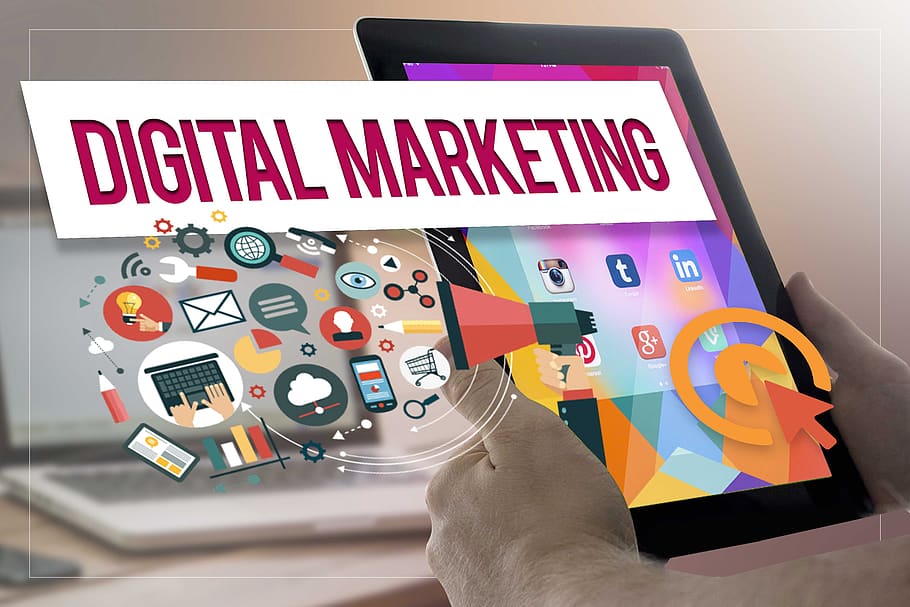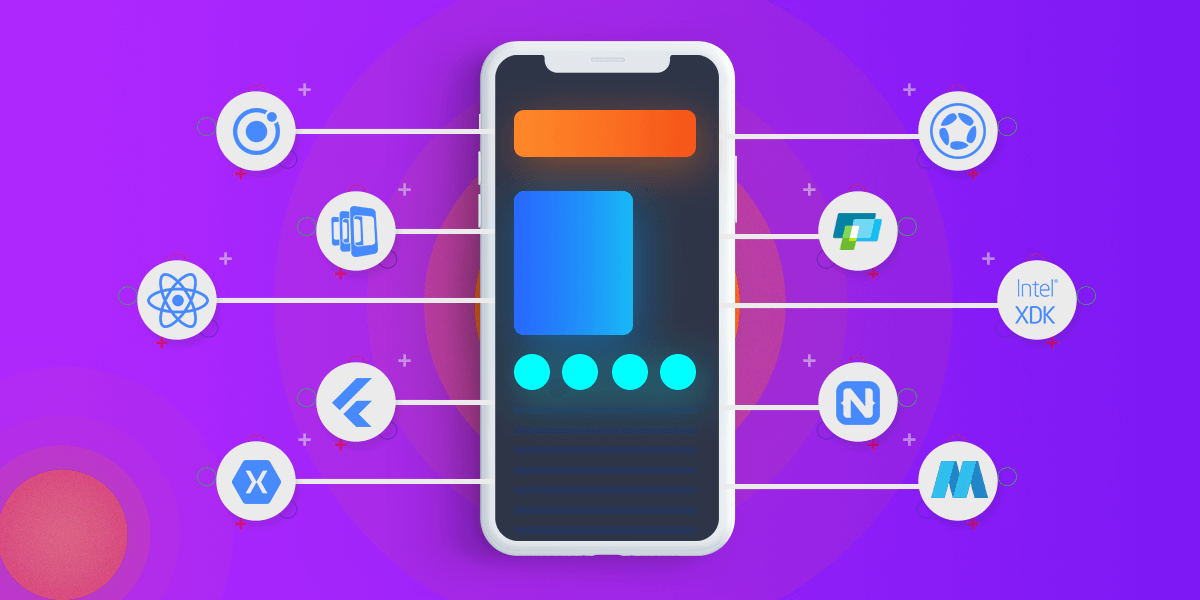The competitive digital marketplace requires digital marketing Virginia Beach
companies to maximize profit efficiently. Fortunately, it’s much simpler to boost sales while cutting expenses owing to online testing and automation technologies.
This article explains how to use both to achieve your overall company and digital marketing goals.
Using A/B testing for websites, advertisements, and other things
You must understand how to use A/B testing to increase website efficacy and revenue. A/B testing involves contrasting two nearly similar pages or parts to determine which version will work best for long-term deployment.
Here is a simple illustration of how A/B testing works:
Visitors are sent to one of two variants of your landing page when they press down on an online advert.
You create an A/B test for the landing page, with one version having the call to action and buy button in one location and the other version having both in a different one.
The first edition of your page is made available for a few weeks, after which the second version is made available. You collect statistics from this A/B experiment and contrast the outcomes of the two pages.
You will know which variation of the landing page is best for your customers and your company by the conclusion of the test.
Your company may promote itself to your target audience in the best way possible with A/B testing. A/B testing may be implemented in two distinct ways, though.
Different A/B Tests
- Testing for conversion rate optimization
By creating action-oriented pages, conversion rate optimization testing, often known as CRO testing, aims to increase the percentage of leads that turn into purchases. These are crucial for encouraging users to download material, purchase, or enter contact details.
Your “stage of conversion” pages should be optimized using CRO testing. If used to its greatest potential, CRO A/B testing will assist in converting more site visits into either sales-qualified leads or actual customers.
- Testing for growth-driven design
Then comes testing for growth-driven design, or GDD. You may thoroughly redesign your website using GDD testing, emphasizing hastening startup times to emphasize the effect on your target audience. You must continuously investigate and test many iterations of your website to successfully implement GDD testing.
You’ll acquire a ton of information and discover how Virginia Beach IT companies site visitors engage with your business by doing this. Then, although they are small-scale, you may gradually incorporate ongoing changes. It is hoped that continuous use of GDD testing will enable you to maximize your website’s or online business’s functionality and appeal.
A/B testing in each of its forms is crucial and may make your website better than ever. You’ll need to depend heavily on data and conduct frequent tests to make the best choices for your brand in both situations.
Use cases for A/B testing
A/B testing may be applied in many clever ways, such as:
Evaluating your message system: For instance, you may test several iterations of an SMS or email letter on various clients. Send a primary batch of emails to a small number of clients initially, and then select the emailers that perform the best to send to the remainder of your target market. This is excellent for increasing the return on any messages you send out.
A design test for a website or webpage: As mentioned above, the most popular method for determining which variation of the evaluated web pages does the best is A/B testing. However, you can apply this to the entirety of your site by examining the best website layouts, the least abandoned shopping carts, etc.
A/B testing makes your website operate at its peak efficiency in both cases. The most important thing to remember is that A/B testing gets better and more beneficial the more you perform it. When the time comes to sell your website and realize the benefits of all your hard work, it may also help increase its worth.…



